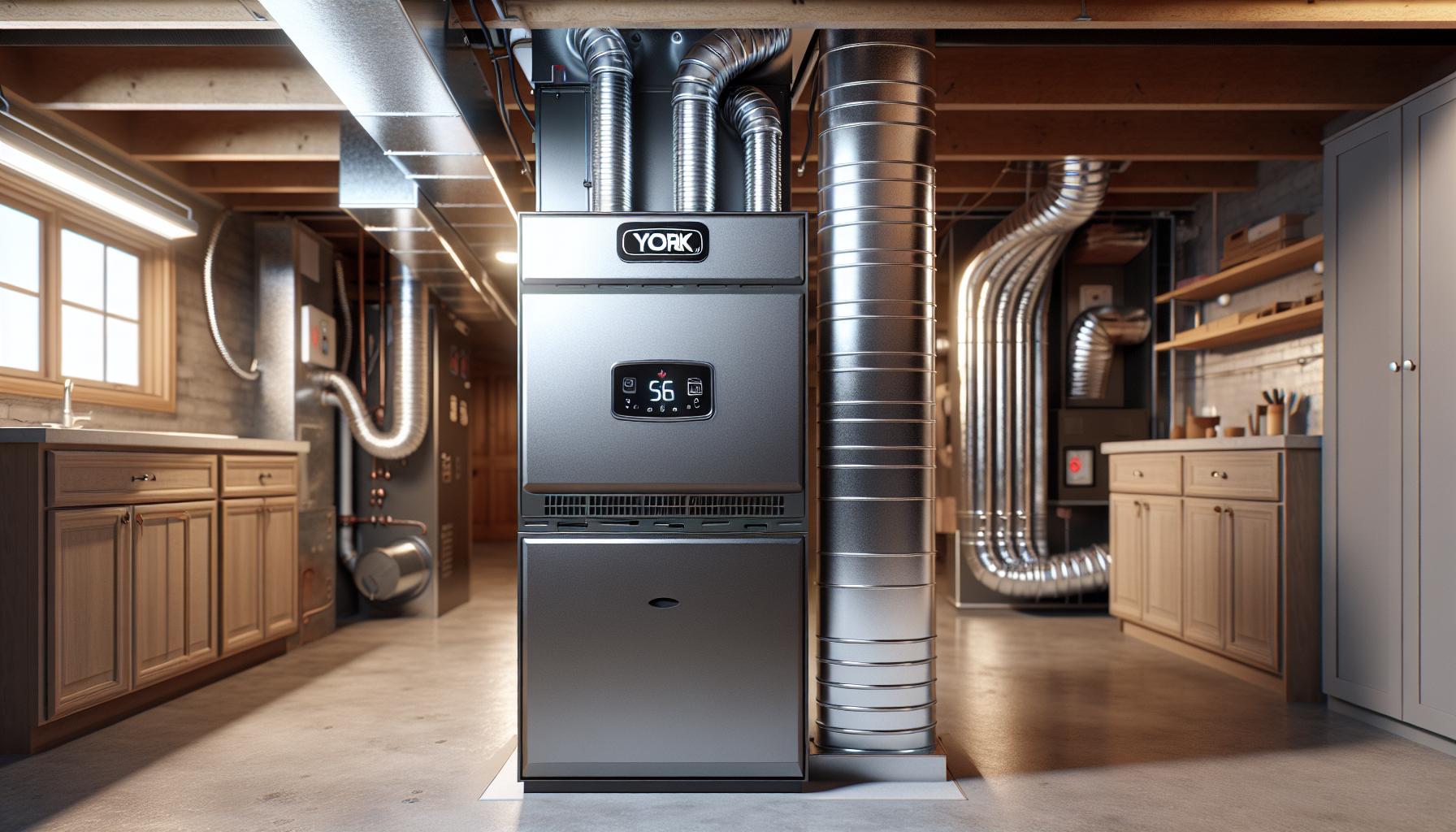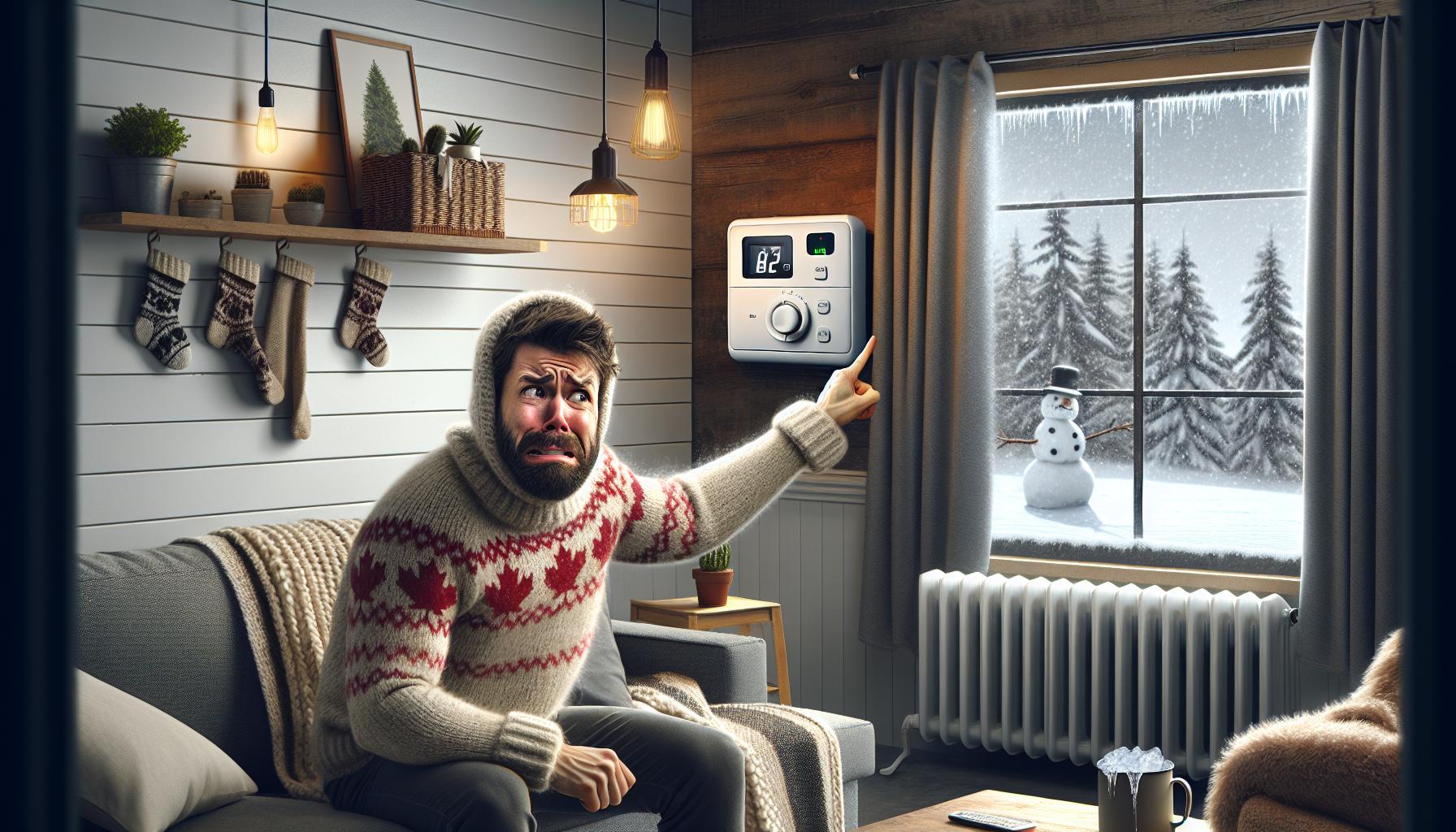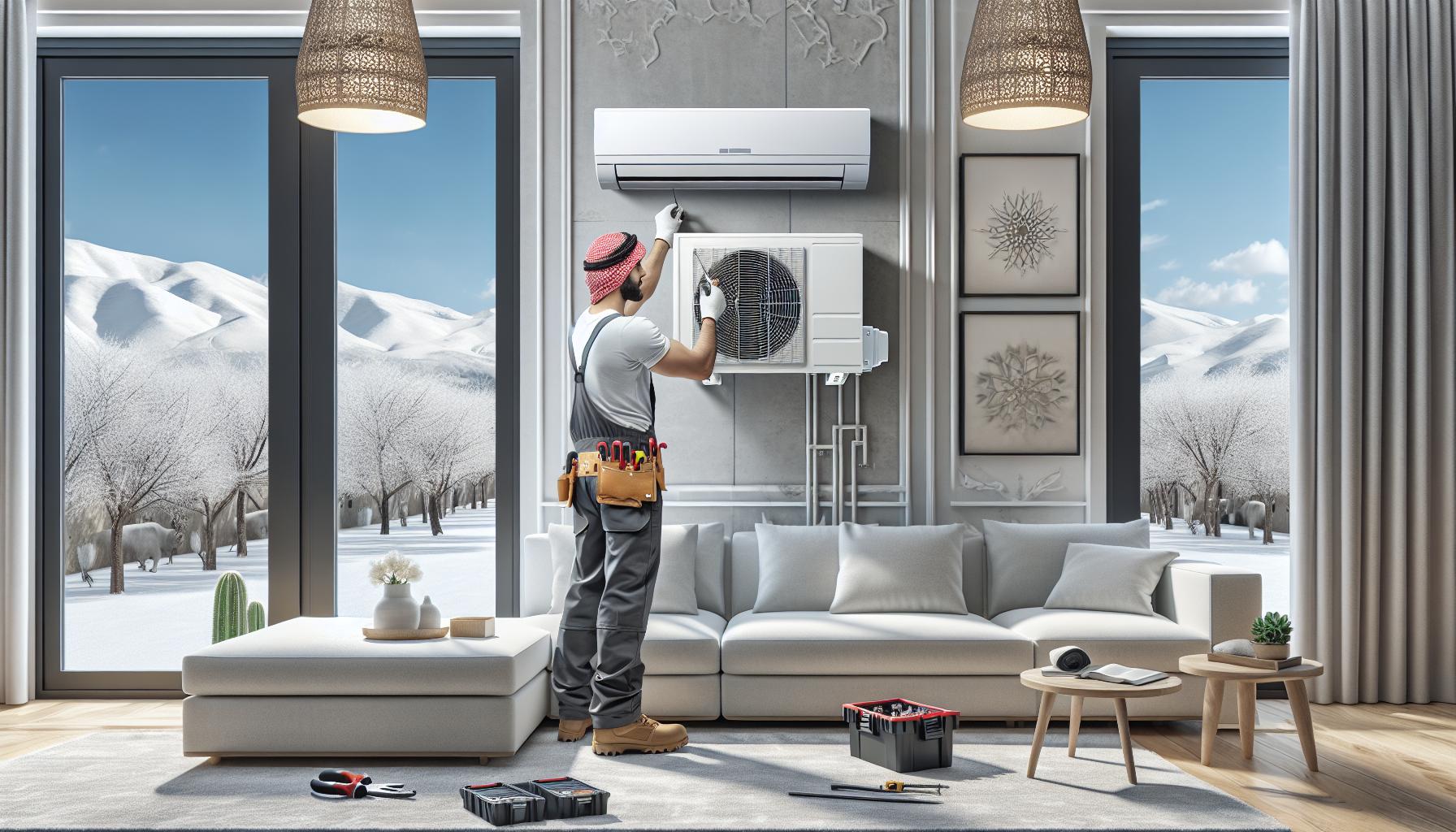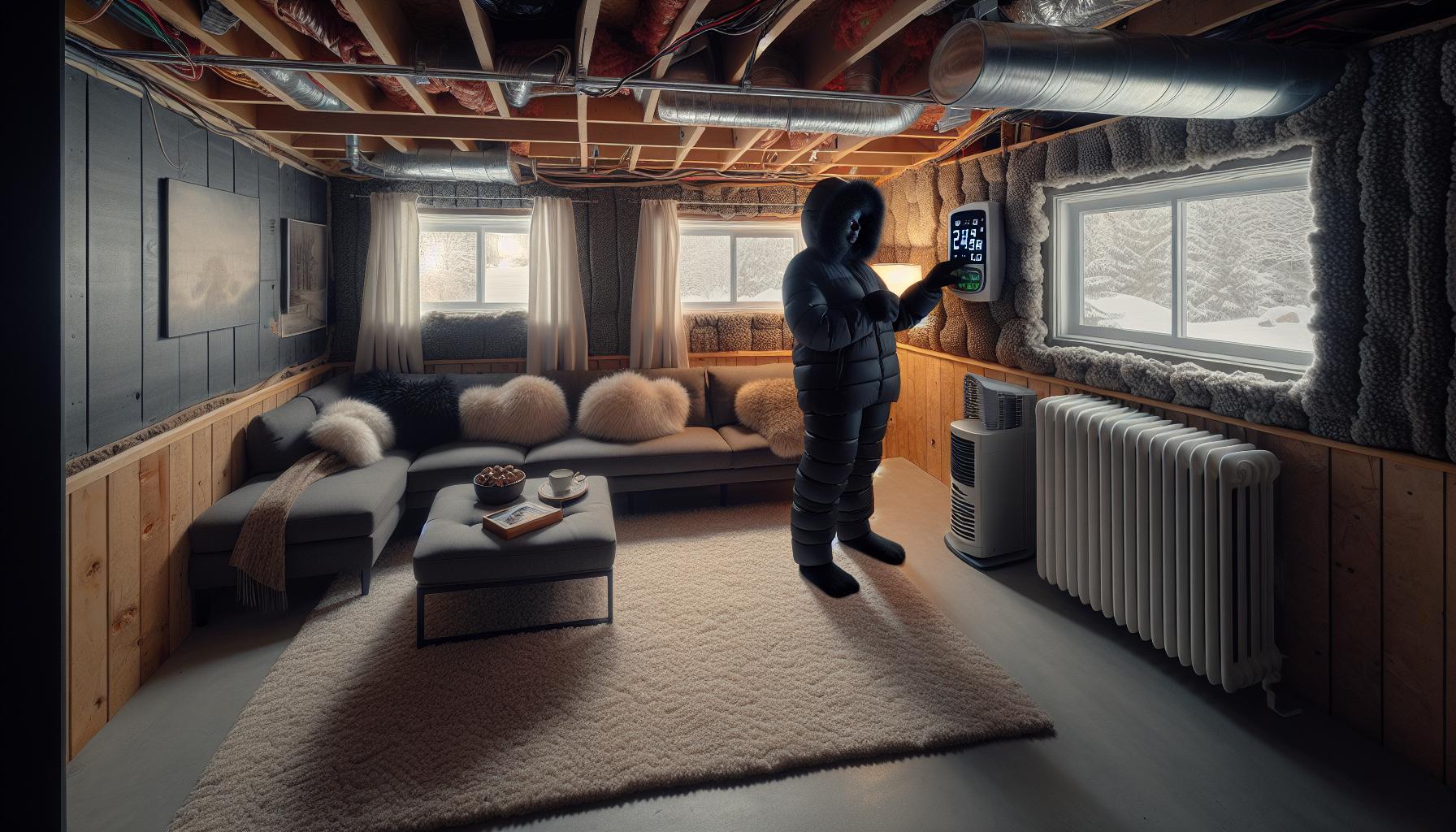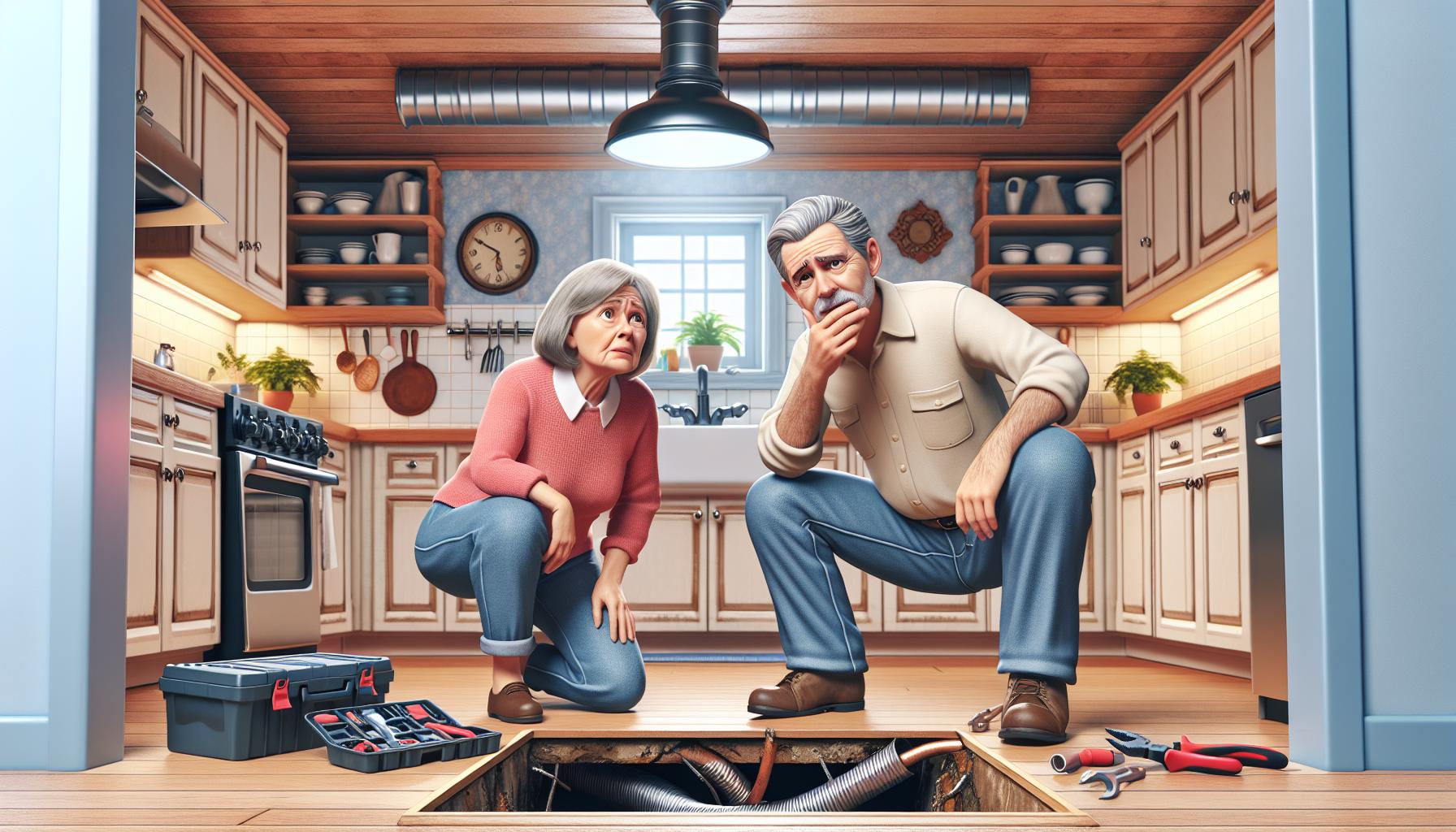Ever wondered what’s working behind the scenes when you switch on your air conditioner? It’s a complex symphony of parts, each playing a crucial role to keep you cool and comfortable. This article will guide you through the labyrinth of air conditioner components, helping you understand what makes your AC tick.
From the condenser coils to the compressor, from the evaporator to the air filters, we’ll investigate into the heart of your air conditioner. We’ll shed light on the unseen heroes that tirelessly battle the heat, ensuring your home remains an oasis of cool comfort. Stay tuned as we begin on this fascinating journey into the world of air conditioner parts.
Overview of Air Conditioner Parts
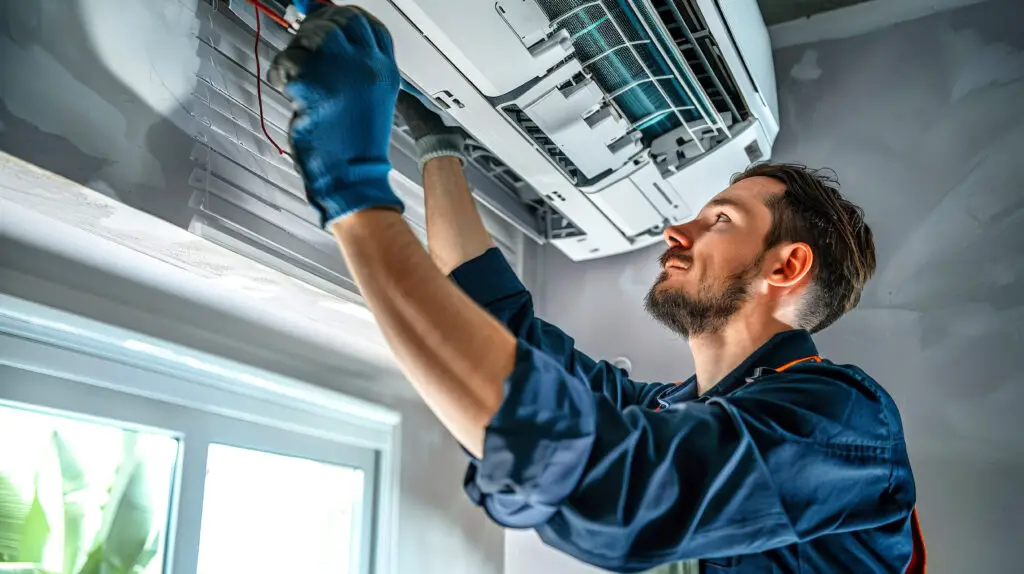
Diving a bit deeper into the fascinating area of air conditioner parts, it’s crucial to understand how each component plays its distinct role in the grand scheme of the entire system. Knowledge of these parts won’t just satisfy your intellectual curiosity but can also help in troubleshooting issues and spares you extra repair costs that lurk around the corner.
The Importance of Understanding Air Conditioner Components
Many can argue that there’s no need to learn about air conditioner parts, after all, there are professionals for that. Nonetheless, knowing your way around an air conditioner can offer distinct advantages. Firstly, you’re less likely to be ripped off by dishonest repair services that charge for non-existent problems. Secondly, you might be able to identify the problem yourself, saving you time and unnecessary costs. Finally, you gain a better appreciation of the complexity and beauty of the device that keeps you cool and adds to your comfort.
Types of Air Conditioners and Their Common Parts
Air conditioners come in various types, each tailored to meet specific cooling needs. From portable air conditioners, highly convenient for moving from room to room, to central air conditioning systems, offering cooling solutions for larger areas, diversity is key.
But, the variety doesn’t alter the core components significantly. Most air conditioners, whether window units, split systems, or ductless mini-splits, operate using a set of standard parts.
- Compressor: The heart of the air conditioner, it pressurizes the refrigerant and transforms it from liquid to gas.
- Condenser Coil: Located outside the air conditioner, it dissipates heat from the refrigerant, turning it back into a cold liquid.
- Evaporator Coil: This element absorbs heat from your indoor air, thereby cooling it.
- Fan: This distributes the cool air back into the room.
- Air Filter: This essential part filters out dust, allergens, and pollutants from the cooled air before circulating it back into the room.
By understanding these components, you can better comprehend how your air conditioner keeps you cool and comfortable during those sweltering summer months. From facilitating routine maintenance to troubleshooting basic issues, this knowledge isn’t just for HVAC professionals.
Major Components of an Air Conditioner
In the labyrinth of air conditioner parts, certain components play a starring role. Let’s dig deeper into their functionality.
Compressor
The compressor works like the heart of your air conditioning system. This component pumps refrigerant throughout the system, kickstarting a process that cools the air. The compressor pressurises the refrigerant, transforming it from a low-pressure gas to a high-pressure gas. The compressor’s actions are the first steps in an intricate dance that eventually cools down your room. Remember, if your AC isn’t cooling properly, the compressor may just be the culprit.
Condenser Coil
If the compressor is the heart, consider the condenser coil your air conditioner’s lungs. Located typically on the outdoor unit, the condenser coil disperses the heat from the refrigerant once it’s pressurised by the compressor. As the refrigerant sheds its heat, it undergoes a transformation from a hot gas to a cool liquid, ready for its journey back to the compressor. The condenser coil disposing of the heat is a crucial cog in your air conditioner’s cooling mechanism. After all, there’s no cool without getting rid of that heat.
Evaporator Coil
Also known as the indoor coil, the evaporator coil completes the air conditioner’s cooling process. This coil absorbs the hot air from your room and transfers it to the refrigerant running through the coil, effectively cooling your interior space. It flips the script and turns the refrigerant back into a gas, primed to be pressurised again in the compressor. It’s an essential piece of the air conditioner puzzle and keeps you enjoying the cool breeze on a hot day.
Additional Air Conditioner Components
As you investigate deeper into the world of air conditioners, you’ll come across even more parts. These parts, while not at the “core” of the system’s function, remain crucial for optimal performance.
Thermostat
When it comes to controlling your air conditioner, the thermostat plays a central role. It’s your command centre. It dictates when your system activates and at what temperature it should aim for. Set at a specific temperature, your thermostat gives the command for the AC system to start or stop, depending on the condition of your room’s air temperature. Thermostats can be manual or programmable, digital or non-digital, allowing for various levels of control over your indoor climate.
Air Filter
An often overlooked part, the air filter provides a substantial health benefit: it extracts airborne contaminants before they can enter your space. This part traps dust, pollen, and other pollutants to improve the quality of the air that circulates into a room. The condition of the air filter directly impacts the efficiency of your AC system as a dirty air filter restricts the flow of air. Regular maintenance, including cleaning and replacement of air filters, ensures a longer lifespan for your AC system.
Refrigerant
The refrigerant’s role is, ironically, a very ‘cool’ one. This compound absorbs and releases heat to and from the air to cool it down. Your AC system’s refrigerant circulates between the compressor and the coils, changing from a gas to a liquid and back again. This process of continuous phase transition effectively cools down the air that the system then distributes across your room.
Maintenance Tips for Air Conditioner Parts
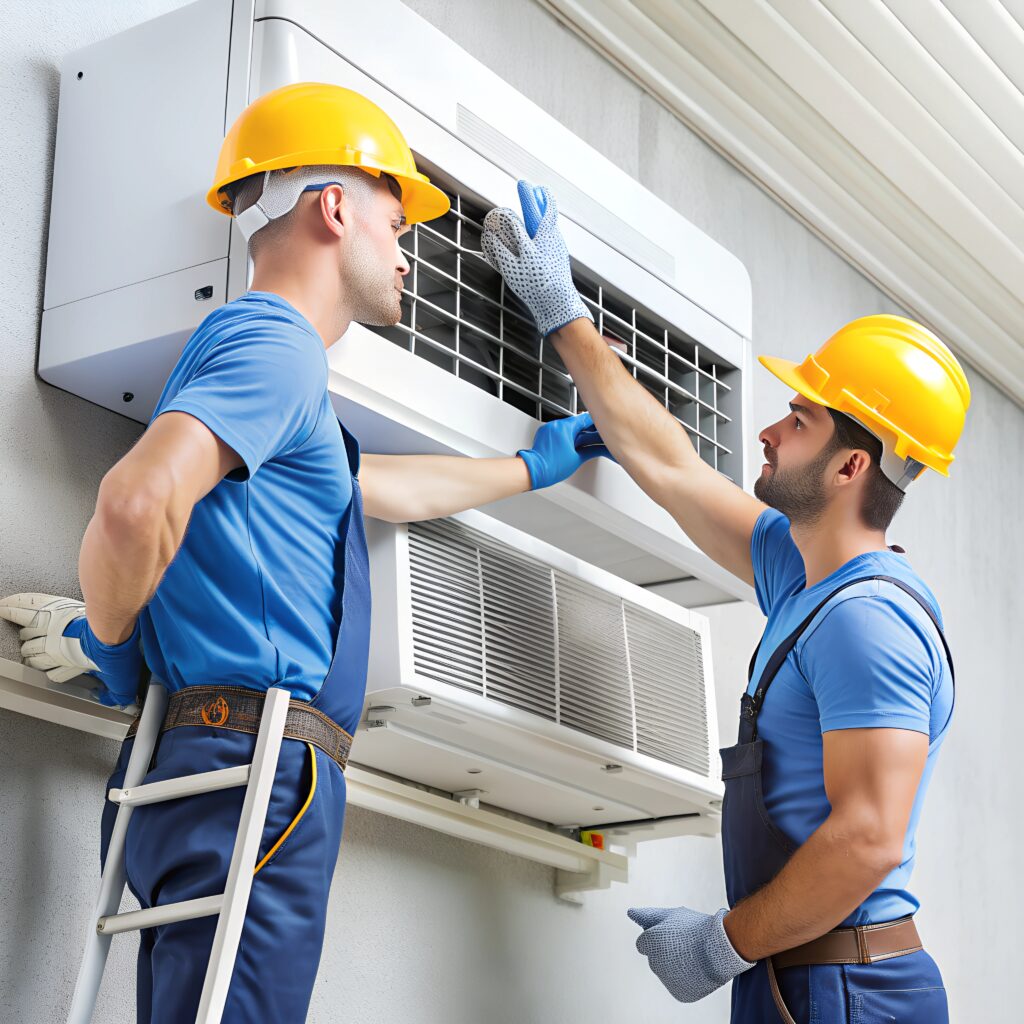
Maintaining your air conditioning system isn’t a luxury—it’s a necessity. Let’s jump into two primary aspects of air conditioner maintenance: cleaning and servicing, and knowing when to replace certain parts.
Regular Cleaning and Servicing
Keeping an air conditioner clean and serviced offers a double whammy of benefits. It promotes efficient performance and, as a bonus, lengthens the system’s lifespan. To jump into specifics, you’ll want to pay attention to certain key components.
Filters:These should be cleaned or replaced regularly, usually around once a month. Dust build-up can restrict airflow, reducing overall efficiency and compromising air quality. Keeping them clean stretches not just the filters’ life but also that of the other parts by reducing their load.Coils:The condenser and evaporator coils also accumulate dirt over time, which reduces the system’s ability to cool effectively. A yearly check and cleaning can help maintain their efficiency.Drain Channels:Make sure the drain channels aren’t clogged. Otherwise, it could inhibit moisture reduction, impacting not just the air conditioner’s cooling capabilities but also increasing the chances of unwanted mould and humidity in your home.
When to Replace Air Conditioner Parts
Recognising a sign of trouble early can often mean the difference between a minor repair and a costly replacement. Certain components of an air conditioner may need to be replaced based on the time, their condition or both. Notably,
Filters:As mentioned, filters become blocked over time. You’ve done well if you’ve been cleaning or swapping them regularly. Yet, even these components aren’t immortal. If you identify poor air output or quality, even with regular maintenance, it’s time for a new filter.Coils:Even with annual cleanings, condenser and evaporator coils can become corroded over years of service. Leakage or inefficient cooling even though engaging troubleshooting hints could signal that replacement time has come.Thermostat:If your air conditioner struggles to maintain the set temperature or the readings conflict with the room’s actual temperature, consider calling your technician. It might be the case of a malfunctioning or outdated thermostat, demanding a replacement.
Fascinating, isn’t it? A few key practices can keep your air conditioner running optimally while saving you a hefty expenditure on repairs or replacements. Keep these pointers in mind, and enjoy the cool comfort only a well-cared-for air conditioner can offer.
Conclusion
So there you have it. You’ve delved into the intricate world of air conditioner parts, gaining an understanding of the key components like the compressor, condenser coil, and evaporator coil. You’ve also learned about the thermostat, air filter, and refrigerant, and their crucial roles in your cooling system. The importance of maintaining these parts can’t be overstated – regular cleaning and servicing are paramount for efficiency and system longevity. Remember, early detection of issues can save you from costly repairs down the line. So, don’t overlook the maintenance tips shared here – they’ll ensure your air conditioner continues to perform optimally, keeping your space cool and your energy bills in check. Stay cool and keep your air conditioner in top shape, it’s worth it!

